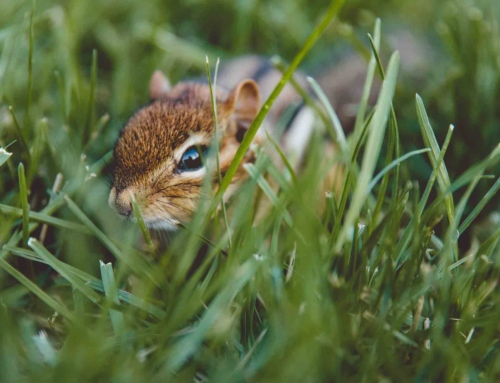Celebrating the Year of the Snake with Pythons
Disclosure: This post may contain affiliate links
The Lunar New Year is celebrated at the second new moon after the winter solstice, which happens to be today, and 2013 is the Year of the Snake. We're celebrating by highlighting the important roles that snakes play in various ecosystems, and the need for their conservation. First up, pythons.

What's in this post
The Chinese New Year starts in late January to mid-February and is based on lunar cycles. The Lunar New Year is celebrated at the second new moon after the winter solstice, which happens to be today, and 2013 is the Year of the Snake. The snake is the sixth sign of the Chinese Zodiac, which consists of twelve animal signs. According to ancient legend, Buddha asked all the animals to meet him on the Lunar New Year. Twelve animals- the rat, ox, tiger, rabbit, dragon, snake, horse, goat, monkey, rooster, dog, and the boar (or pig) came to Buddha and he named a year after each one.
Traditional celebrations include festivals, feasts, spending time with one’s family or going to temple and praying for good luck. YDV is taking a different approach in celebrating the Year of the Snake- we’re going to celebrate the snakes. Each month will feature a different species of snake to highlight the important roles that snakes play in various ecosystems, and the need for the conservation of these wonderful animals that ABC News calls, “one of the world’s most despised.”
First up, pythons. Pythons are non-venomous constrictor snakes found in Asia, Africa, and Australia. Some interesting python facts according to pythonsnake.org:
- Pythons are ambushers that have a forked tongue that helps detect odor from potential prey.
- They strike with incredible velocity and kill their prey by constriction.
- Females delay reproduction until they have enough energy to breed a large clutch of eggs. The proportions of pythons reproducing each year is directly connected to prey availability.
- Interbreeding among python subspecies is possible.
- They reach maturity at 5-6 years old.
- Pythons thrive in both wet and dry environments.
- They have limited number of natural enemies due to their size and defensive abilities.
- The larger the snake, the larger the prey. Prey is asphyxiated and swallowed whole, taking several days to digest.
- Pythons have large teeth that are only used to hold prey and to swallow. They are angled backward to keep hold of prey during constriction.
Pythons were first introduced into US as pets. Now, not surprisingly, pythons are being released into the wild after owners find that the snakes grow too large to care for.
Sad Fact: The largest python in the world (Medusa is a 300-lb, 25-ft long python) is held in captivity at a haunted house in Kansas City, Missouri.
In Florida, a population of Burmese Pythons in the Everglades National Park is eradicating populations of animals as the snakes have no natural enemies and is now being called “an invasive species.” As a result, Florida passed the 2010 “Florida Reptile Bill SB 318” in attempts to mitigate the release of exotic species.
Disgustingly, the Wildlife Foundation of Florida has recently issued a “Python Challenge” to encourage people to trap and kill as many snakes as they can in order to win prizes, even setting up a website with information on how to “humanely” euthanize kill them. More than 1,500 people registered and were successful at killing 50 pythons. As with most environmental and ecological issues created by humans, the situation in the Everglades is a travesty and an injustice to the animals involved. The python is paying the price for a situation they didn’t create, or can control.
Ancient Chinese wisdom says a Snake in the house is a good omen because it means that your family will not starve. In religion, mythology, and literature, snakes can represent fertility, immortality, transformation, and healing. In life, snakes such as the python are amazing animals (who rarely attack humans unless provoked) and who deserve better than the lot they’re often given.
Learn more about the conservation of herpetofauna at PARC: Partners in Amphibian and Reptile Conservation.
Photo credit: raym5, Roberto Verzo, Wolfgang Wedenig, Global Herper, Peter Nijenhuis via Flickr





